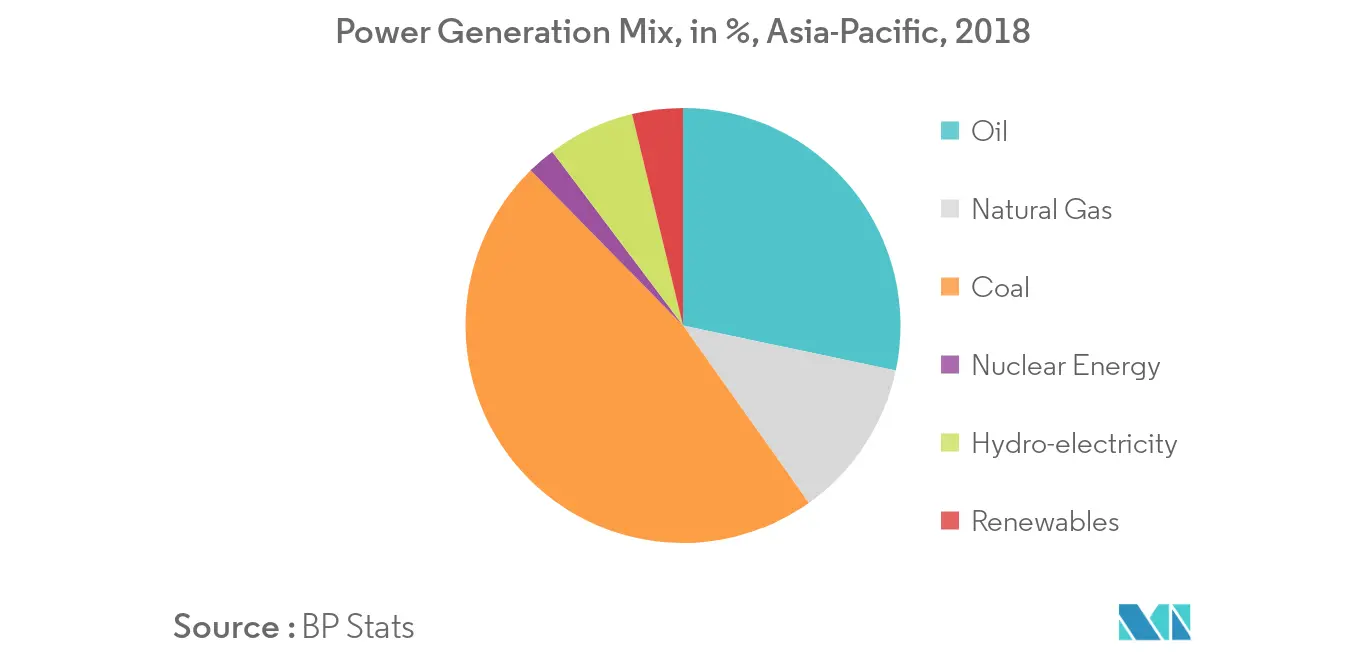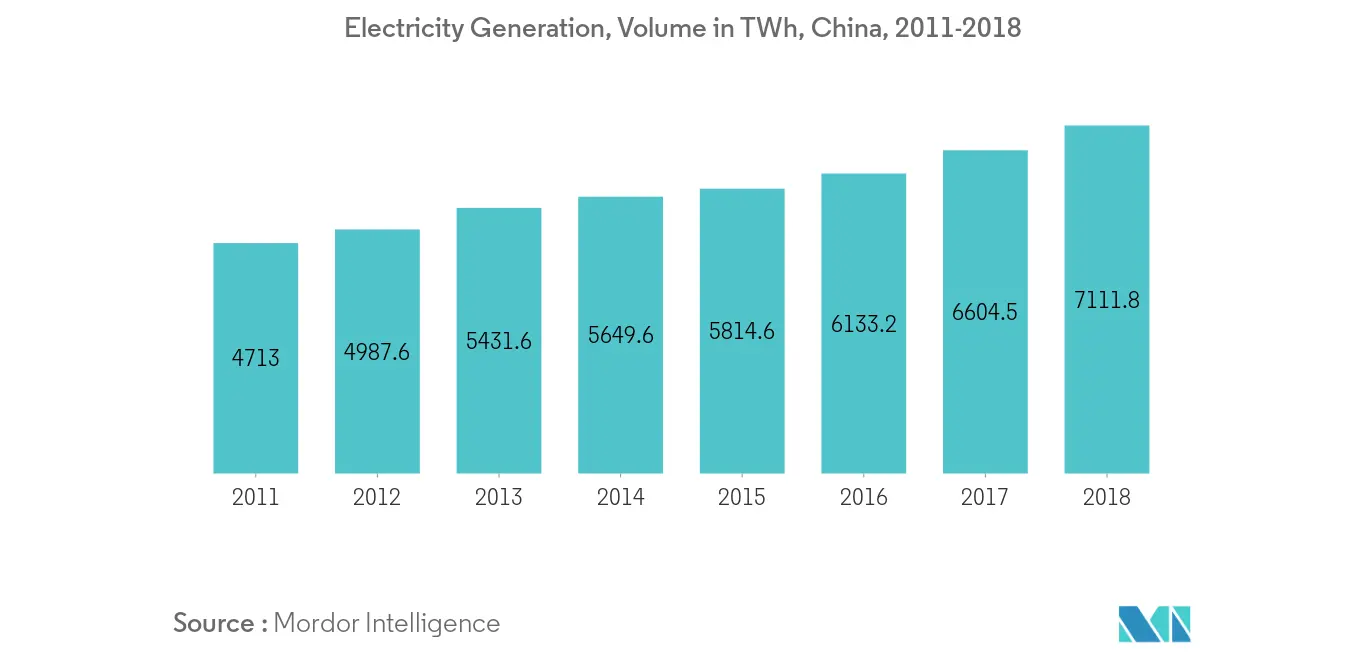Market Trends of Asia-Pacific Demand Response Management Systems Industry
This section covers the major market trends shaping the APAC Demand Response Market according to our research experts:
Automated Demand Response System Likely To Drive The Market
- Industrial demand response is a dynamic energy infrastructure management program designed to support the stability of the electricity grid, and meet the global growing demand for energy with the assistance of large and very large energy users in both the industrial and commercial sectors who agree to switch off certain production processes or turn down certain electrical loads during periods of peak demand.
- Developed countries are implementing large-scale smart grid technologies and many developing countries are also in the process of adopting various smart grid components including automated demand response system into their power systems.
- Demand-side management is the need of the hour for any grid. With a rise in smart grid technologies and automated demand response system, DRMS is a key demand-side management strategy that is expected to provide a cost-effective alternative to traditional supply-side solutions, to address growing electricity demand during times of peak load or when prices are high.
- Therefore, the Asia-Pacific demand response system is expected to grow because of the ability of automated demand response to the greatest control on the electricity consumption, allowing customers to automatically manage energy consumption at times of peak demand.

China to Witness a Significant Growth
- The market for demand response management systems in the Asia-Pacific region is expected to witness significant growth majorly in China during the forecast period.
- As a vast industrial nation with a forecasted peak load of more than one terawatt by 2020, China is a potentially large market for demand response management systems. The country has experienced shortages in power availability because of rapid economic growth, a situation that has ebbed in recent years. To manage this mismatch in electricity demand and supply, large customers were instructed to undertake administratively rationed, uncompensated load reductions to reduce peak demand.
- Furthermore, as of 2019, the Chinese government from the past five years are implemented several policies and initiatives to promote the uptake of renewable energy sources in the net electricity generation mix to encourage energy efficiency and to minimize transmission and distribution losses in the country.
- Besides, on the supply side, a massive build-out of renewable energy sources is not only expected to increase the need for grid connection, and demand response management systems to handle the intermittency of these renewable sources but also offer China a viable alternative to fossil-fuel generation.
- Therefore, factors such as increasing efforts to modernize the power sector across the country by the Chinese government are expected to drive the market studied during the forecast period.


